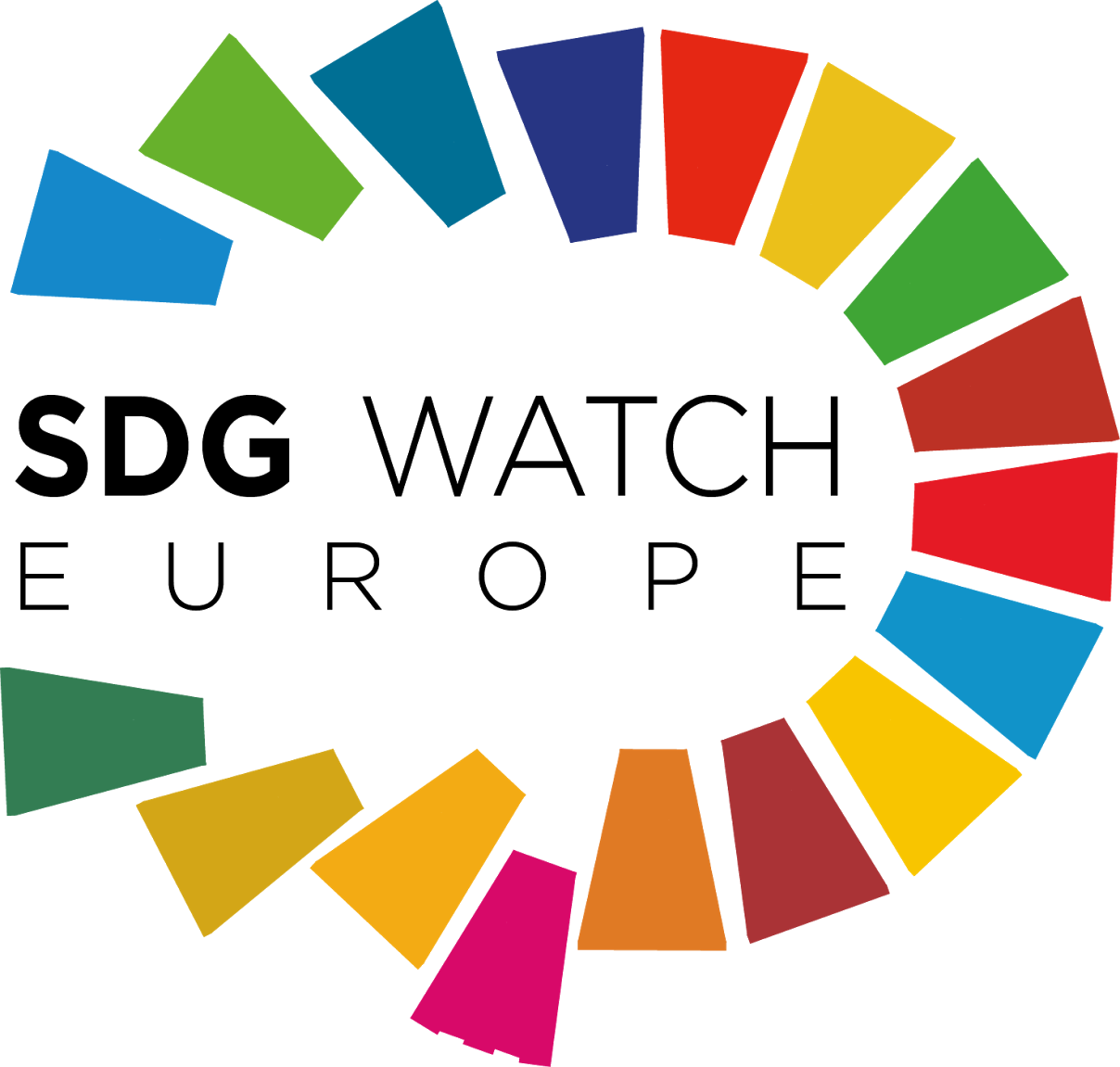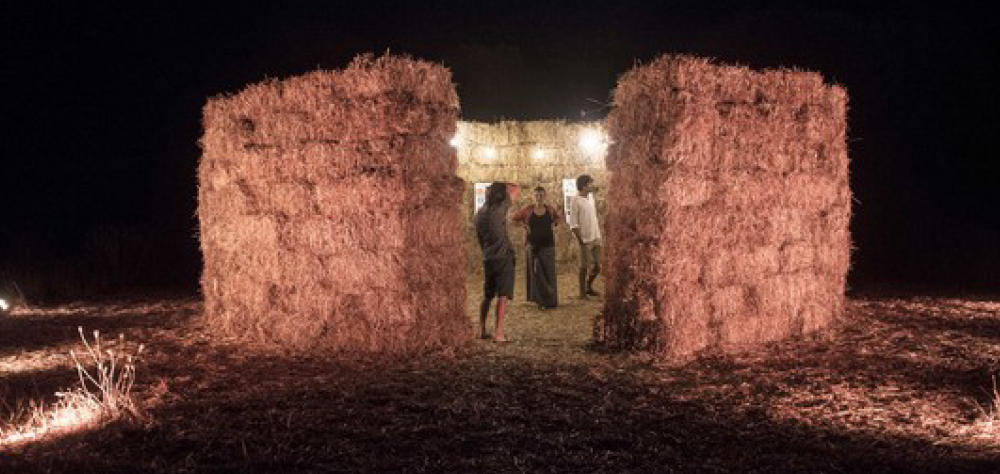By GOB Menorca
On Tuesday, 30 July 2019, Turmadèn des Capità was the scenario of a soulful event with the aim of raising awareness about the importance of sustainable agricultural management, while enjoying some art in the field, live music and gastronomy. A hundred people arrived at sunset at this organic farm, which has an Agricultural Stewardship Agreement with GOB, and which is located in the municipality of Alaior. Most of these people were landowners, farmers and ranchers who are, or could become interested in introducing sustainable criteria to agricultural activity.
The event, held in a fallow land, began with a talk about the “Agora of Sustainability”, a space made up of straw bales from this year’s crop, and which contained informative panels explaining how the Agricultural Stewardship Program translates the Sustainable Development Goals on the island. A speech by the president of the association thanking all contributing people and entities, such as Make Europe Sustainable for All (MESA) and MAVA Foundation, was followed by a 45 minute concert of classical music with the wind quintet of Orquestra Cambra Illa de Menorca. Afterwards, the center of discussion were the challenges we face due to abandoned agricultural activity and associated biodiversity loss. In this context the Sustainable Development Goals make a lot of sense as they try to align local actions with global strategies. Finally, the gastronomic association Fra Roger delighted us with a tasting dinner of products coming from stewardship agreement farms.
During the 12 days after the launch of the “Agora of Sustainability”, Turmadèn des Capità was open to all those interested in learning about the Agricultural Stewardship Program and the relationship between the Sustainable Development Goals. People from all fields interested in collaborating with GOB attended: politicians, teachers, new landowners in Menorca, journalists, children and teenagers, locals and tourists. Due to these visits, the awareness about the Agricultural Stewardship Program increased: the environmental education program linked to the agrarian reality was promoted, new farmers and landowners became interested in the stewardship strategy and many people were looking forward to volunteer for the program, indispensable for the entity’s prosperity.
In order to understand the importance of maintaining field management through sustainable agricultural practices, it is essential to observe the effect it has on the associated biodiversity. Since 1980, European bird populations have been scientifically studied. We know that those linked to agricultural areas have fallen by 55%, which means that more than half have been lost in just 40 years. Scientists attribute this huge loss of biodiversity to the abandonment of agricultural land, and the intensification of the majority that is still managed. The constant use of pesticides, the elimination of dry stone walls and surrounding vegetation, the transformation of dry land into irrigated land, the creation of large single-crop areas and the use of enormous amounts of chemical fertilizers are actions that change the basis of life in many areas.
The Agricultural Stewardship Program works to include agriculture and animal farming in a holistic model that considers economic, social and environmental viability. As a consequence, Menorca’s Agricultural Stewardship Program promotes the generation of products with three basic values: health, nature and proximity. These requirements seek to avoid toxic products in the production chain and maintain livestock in conditions of well-being. At the same time, keep nature in mind is necessary to have a close coexistence between the productive areas and wild fauna and flora. As well it is also encouraged the consumption of local products with low energy charge. These value-added products support a sustainable production and are positively differentiated in today’s increasingly globalized market.
The 17 Sustainable Development Goals deal with the main current environmental and social challenges. They must be supported by local policies that translate ideas into concrete actions. The following are some examples of how the Sustainable Development Goals are translated at the local level through the Agricultural Stewardship Program: climate resilience is being worked through Goal 11 (Sustainable cities and communities) which encourage the cultivation of local varieties and the use of autochthonous breeds adapted to island conditions. Furthermore, Goal 12 (Responsible consumption and production) promotes crop rotation to maintain soil fertility and biodiversity. Goal 13 (Climate action) is translated creating shaded forested areas where livestock can take refuge during hot seasons. Also Goal 6 (Clean water and sanitation) is worked by recovering traditional rainwater collection systems and promoting waste water purification systems such as biological plant filters.
To sum up, there are still many environmental and social challenges to fight but step by step hope is growing. Initiatives such as these allow small-scale changes that end up having effects at global level.

